The Grand Canyon Megafire is Still Growing and It’s Now So Out of Control It’s Making Its Own Weather
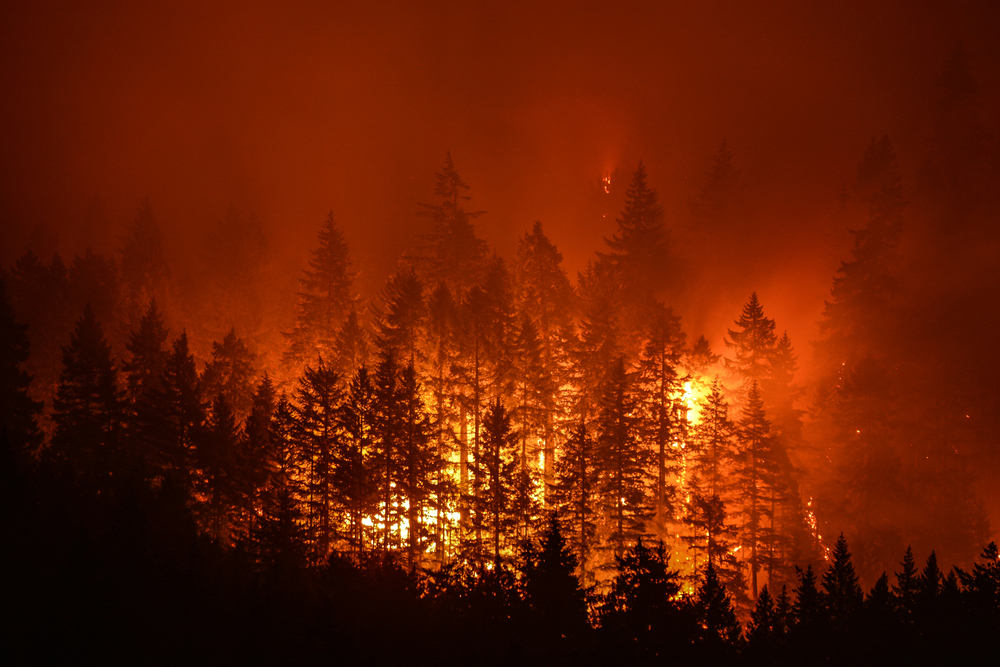
The Grand Canyon is a place where time feels untouchable where wind and water have been chiseling away at stone for millions of years, revealing colors older than human memory. But this summer, time has been overtaken by something far faster, far more violent: fire.
What began with a single lightning strike on Independence Day has become a blaze so vast it’s rewriting the canyon’s story in smoke and ash. The Dragon Bravo Fire has already consumed more than 130,000 acres, placing it among the rare “megafires” that make up only 3% of wildfires in the United States yet account for most of the land lost each year. It’s burning so hot, so fiercely, that it is generating its own weather towering pyrocumulus clouds that twist the sky into a boiling cauldron, capable of producing lightning and winds that push the flames into new territory.
This is not just a fire; it’s a living force that defies containment, erases history, and redraws landscapes in days that nature took eons to shape. And while the canyon will endure as it always has, the question now is what will remain and what lessons we’ll take once the last ember cools.
The Fire That Redrew the Map of the Grand Canyon
The Grand Canyon has always been defined by its permanence a monument carved by patient forces over millennia. But the Dragon Bravo Fire has carved its own mark in mere weeks, remapping not the canyon’s rock, but its very accessibility, its communities, and its history.
Ignited by lightning on July 4, 2025, this wildfire swelled into a megafire a term reserved for blazes surpassing 100,000 acres in a matter of days. Today, it has already devoured more than 130,000 acres of the park’s North Rim, an area that typically sees only about 10% of the canyon’s visitors but holds some of its most pristine wilderness and storied landmarks. The scale alone is staggering: megafires make up just 3% of all wildfires in the United States, yet they account for the majority of land burned each year.
BREAKING🚨: The Grand Canyon megafire is still growing — and it's now so out of control it's making it's own weather!
— All day Astronomy (@forallcurious) August 6, 2025
Our Planet has had enough maybe! pic.twitter.com/bFXxRcZZlm
The North Rim is now closed for the remainder of the 2025 season, its iconic Grand Canyon Lodge, built in 1937, reduced to rubble alongside more than 70 other structures. Trails connecting the North and South Rims to the Colorado River are shuttered due to dangerous smoke accumulation. Even the South Rim the more popular, still-open face of the park operates under strict restrictions, with beloved routes like the South Kaibab Trail temporarily off-limits.
Yet the size and closures tell only part of the story. What makes this fire so extraordinary is its behavior. Fueled by record heat, humidity levels dropping into single digits, and wind gusts up to 30 mph, the flames have advanced at a pace that leaves seasoned fire crews scrambling. The Dragon Bravo Fire has even crossed the rare threshold into creating its own weather towering pyrocumulus clouds that can spawn lightning and violent wind shifts, scattering embers miles ahead of the main front.
The Science of a Fire That Makes Its Own Weather
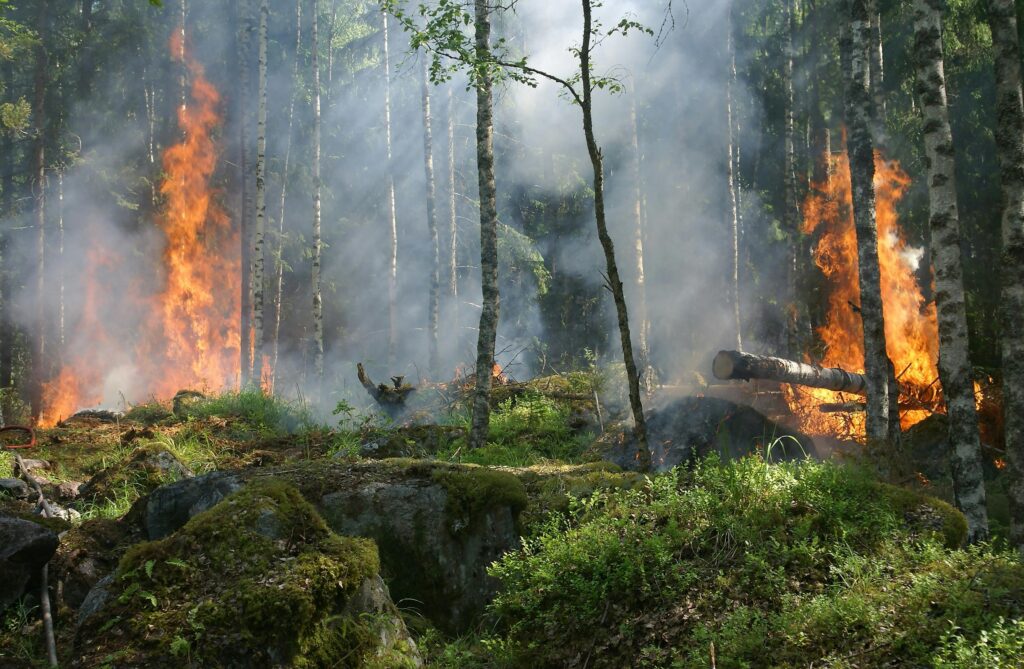
Stand on the North Rim today, and you might see clouds that don’t belong to any forecast. They rise straight from the inferno bright white on top, smudged with ash below towering thousands of feet into the sky. These are pyrocumulus clouds, sometimes called “fire clouds,” and their very existence is proof of just how extreme the Dragon Bravo Fire has become.
A pyrocumulus forms when a fire’s heat is so intense that it pushes massive columns of hot air upward. As the air rises, it cools and condenses the moisture it carries, creating a cloud that hovers directly above the flames. But in a blaze of this magnitude, the process can escalate. The cloud can grow into a pyrocumulonimbus essentially a fire-driven thunderstorm capable of generating lightning, heavy downdrafts, and turbulent wind shifts. According to the National Oceanic and Atmospheric Administration (NOAA), these systems can fling embers miles ahead of the main blaze, leaping over firebreaks that took days to prepare.
For at least seven consecutive days, the Dragon Bravo Fire has generated pyrocumulus clouds, a sign that its heat output remains unrelentingly high. Even when the clouds don’t form, the rising heat column can create localized wind gusts, whipping flames into erratic surges. In effect, the fire becomes its own engine fire creates wind, wind accelerates fire, and each new ignition fuels the cycle.
This phenomenon isn’t new Australia’s 2019–2020 bushfires and California’s 2021 Dixie Fire both spawned destructive pyrocumulonimbus events but its appearance here underscores the danger. For firefighters, it means facing a blaze that doesn’t just respond to the weather, it changes the weather, making every plan provisional and every moment volatile.
Human Stories in the Path of the Flames
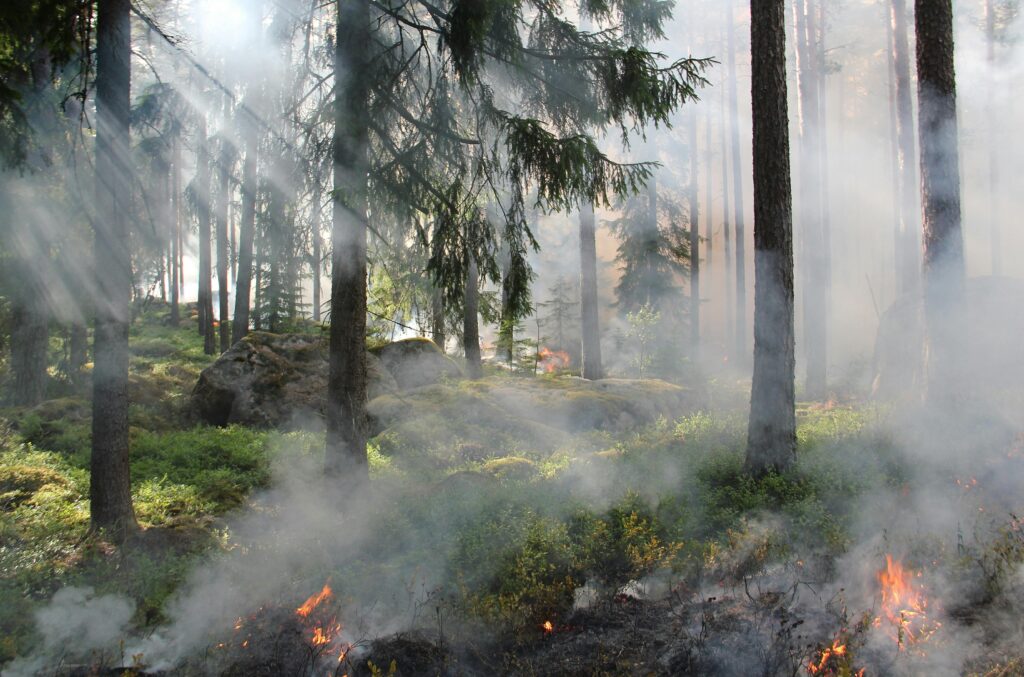
For those who live, work, or seek refuge in the Grand Canyon’s North Rim, the Dragon Bravo Fire isn’t an abstract headline it’s a daily test of resilience. The most visible symbol of loss came in mid-July, when flames consumed the Grand Canyon Lodge, a National Historic Landmark built in 1937. For generations, its stone walls and timber beams framed sweeping canyon views, welcoming travelers from around the world. Now, all that remains are charred beams and the memory of evenings spent watching the sunset from its terrace.
But the destruction doesn’t stop with a single building. At least 70 other structures including cabins, the North Rim Visitor Center, maintenance facilities, and seasonal housing have been reduced to ash. For park employees and seasonal workers, these weren’t just workplaces; they were homes, community centers, and safe havens in an otherwise remote landscape. Nearby towns like Fredonia have felt the fire’s ripple effects through evacuations, economic disruption, and uncertainty about what will remain when the smoke clears.
Some places still stand, but only by the slimmest of margins. The historic Kaibab Lodge, just nine miles from the North Rim Lookout Tower, has been spared so far thanks to round-the-clock firefighting efforts. “Just say a prayer,” said owner Larry Innes, whose family had been preparing to celebrate the lodge’s centennial in 2026. “It’s kind of out of our hands.” His words echo the helplessness of watching a century-old legacy hang on shifting wind patterns and the luck of the draw.
For the 1,000-plus firefighters deployed here, this isn’t just another assignment. Many are working on steep canyon walls where each step carries a load of gear heavier than some of the people they’re trying to protect. They labor in triple-digit heat, breathing smoke thick enough to sting the eyes, knowing that a sudden wind shift could erase hours of progress in minutes. Yet amid the exhaustion, there’s an unspoken resolve: to protect what can be saved and to bear witness to what is lost.
An Ecological Reckoning
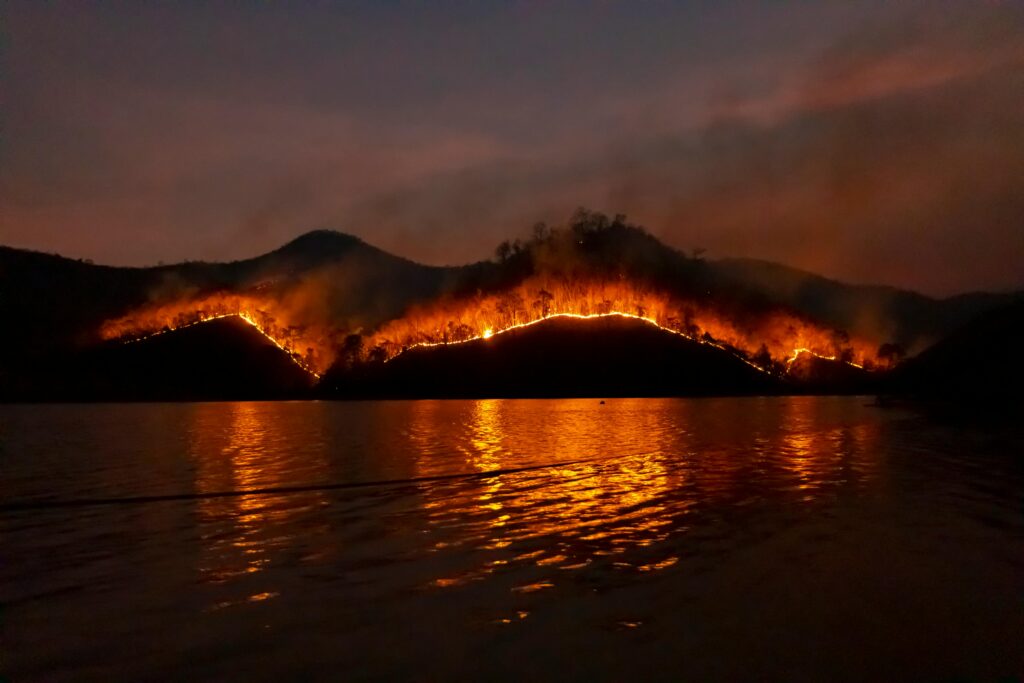
Fire is not a stranger to the Grand Canyon. In the right conditions, it is a natural steward clearing undergrowth, recycling nutrients, and making way for new life. But the Dragon Bravo Fire is not that kind of fire. Its sheer scale and intensity have pushed the ecosystem beyond its ability to recover on its own.
One of the most pressing concerns is the loss of vegetation across vast stretches of the North Rim. Without plant roots to hold soil in place, the first monsoon rains could unleash erosion and sediment runoff into streams and the Colorado River, clouding waters that sustain both wildlife and millions of people downstream. Aquatic habitats may be smothered, water quality compromised, and river-dependent communities affected far from the fire’s perimeter.
The burn scars themselves tell another story. When soil is heated to extreme temperatures, it can form a hydrophobic crust that repels water, making it harder for seeds to germinate and plants to take root again. Invasive species often seize these damaged landscapes, altering natural fire cycles and further stressing native plants and animals. In the high-elevation forests of the North Rim, where ponderosa pine and aspen once thrived, recovery could take decades if it happens at all.
Scientists warn that as the climate warms, the conditions that birthed the Dragon Bravo Fire will become more common: longer droughts, lower humidity, and hotter summers that turn entire forests into tinderboxes. What was once an occasional high-intensity burn could become a recurring reality, reshaping not just the Grand Canyon’s ecology, but the entire rhythm of its seasons.
Why This Fire Is a Warning for All of Us
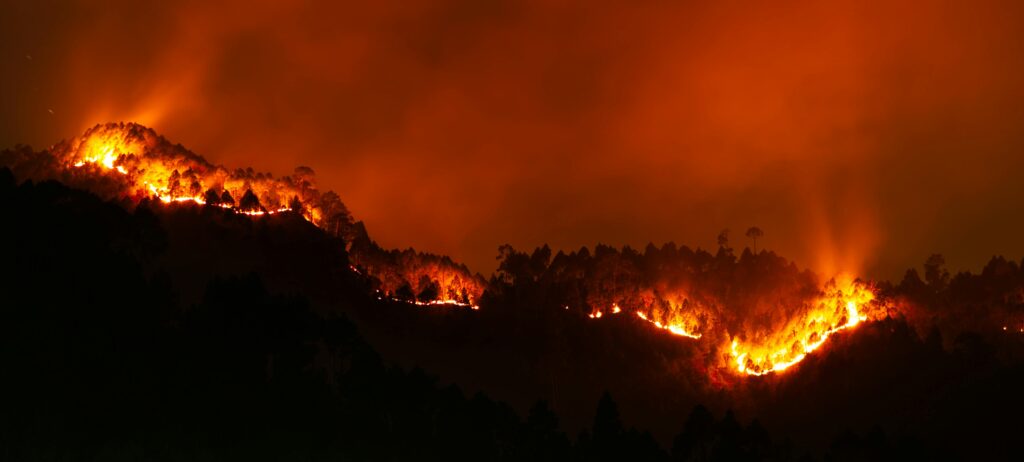
The Dragon Bravo Fire is not just a local tragedy it’s part of a growing pattern that is reshaping the American West. Over the past two decades, the size, frequency, and intensity of wildfires have surged. Data from the National Interagency Fire Center shows that while megafires account for only about 3% of all wildfires, they now consume the majority of total acreage burned each year. This is a shift from the past, when large-scale blazes were rare outliers, not seasonal expectations.
The factors behind this trend are no mystery. Prolonged droughts, driven in part by climate change, have left vegetation bone-dry for longer stretches of the year. Rising average temperatures have lengthened fire seasons, with many now extending into late autumn. And decades of aggressive fire suppression once seen as the best way to protect forests have allowed dense underbrush and dead trees to accumulate, creating an abundance of fuel that can ignite with a single spark.
The impact of these fires goes far beyond blackened landscapes. Wildfires claim lives, destroy homes, displace communities, and carry an enormous economic cost. A 2023 U.S. Senate report estimated that wildfires worsened by climate change cost the nation up to $893 billion annually from lost property value and income to healthcare expenses caused by wildfire smoke exposure. And smoke itself is more than an inconvenience; it’s a toxic mix of fine particles and gases that can trigger asthma, heart attacks, and strokes even after short-term exposure.
The Grand Canyon’s megafire is a vivid reminder that the wildfire crisis is a national one. Even if we don’t live in the path of the flames, we all live under the same atmosphere those flames affect. Whether through the haze drifting hundreds of miles, the higher insurance premiums that ripple across states, or the rising cost of food due to scorched farmland, the consequences find us all.
The Fight to Contain the Uncontainable
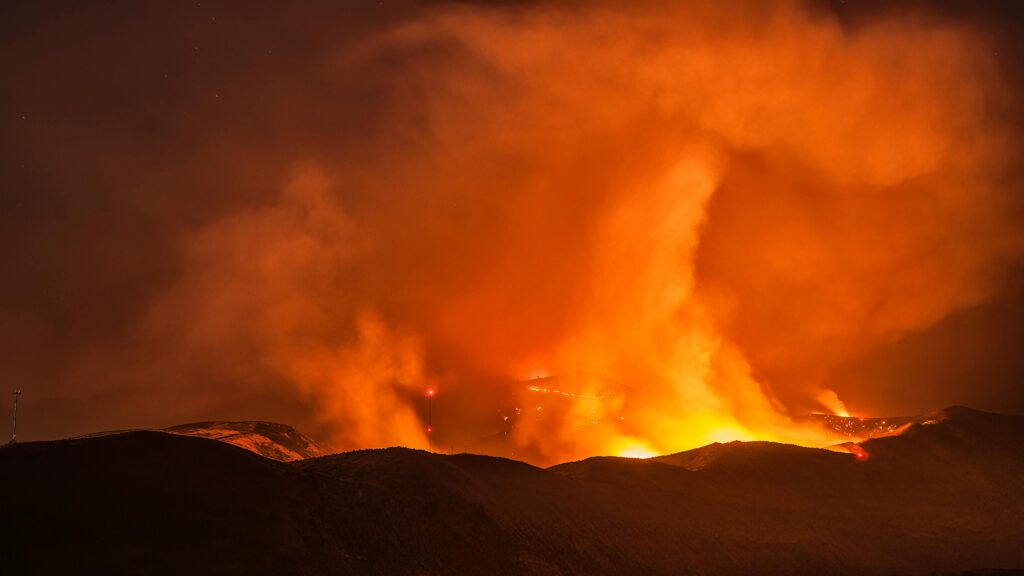
Since the Dragon Bravo Fire erupted on July 4, more than 1,300 personnel have been deployed, supported by air tankers, helicopters, and ground crews carrying up to 50 pounds of gear each. At one point, containment climbed to 26%, but days of triple-digit heat, shifting winds, and humidity levels under 10% erased much of that progress, dropping containment to around 13%.
The terrain adds a punishing layer of difficulty. Sheer canyon walls, dense forests, and remote plateaus make it nearly impossible to establish continuous fire lines. Crews often hike miles over rugged ground just to reach active flames, only to have the wind change direction and send fire racing back toward them. In such conditions, firefighting becomes less about direct confrontation and more about indirect strategies sitting controlled backfires, clearing vegetation in advance of the flames, and steering the fire toward natural barriers like rock faces or old burn scars.
Early on, officials attempted to manage the blaze as a controlled burn, allowing it to clear dangerous fuel under supervision. But within a week, high winds and extreme heat tipped the balance, and the fire surged beyond the planned boundaries. That decision has since drawn political scrutiny, with Arizona Governor Katie Hobbs calling for a federal review into whether the initial strategy worsened the disaster.
Today, crews are focused on an aggressive full-suppression strategy reinforcing containment lines, protecting remaining structures, and using aerial water and retardant drops to slow the fire’s advance. Yet even the best-laid plans can be undone in minutes by the fire’s most unpredictable weapon: its ability to create its own weather. In a fight like this, every hour gained is a victory measured not in acres saved, but in lives, history, and habitats preserved.
Preparing for a Future with More Megafires
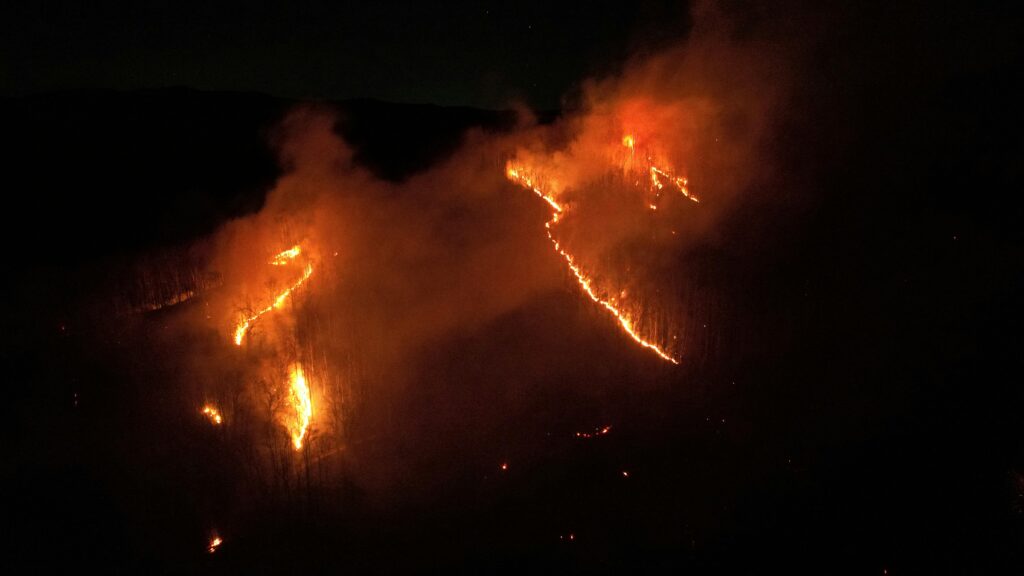
The Dragon Bravo Fire is not an isolated disaster it’s a preview of what’s coming. As fire seasons grow longer and hotter, communities across the West, and beyond, will need to adapt to a new reality: megafires are no longer rare anomalies, they are recurring events. Preparing for them is as essential as responding to them.
On the policy level, this means shifting from reactive firefighting to proactive fire management. Land managers and scientists emphasize the need for vegetation management: thinning overly dense forests, clearing accumulated underbrush, and conducting prescribed burns under safe conditions to reduce fuel loads. Investments in early detection technology from AI-powered fire mapping to high-resolution satellite monitoring can give firefighters a crucial head start. And funding must reflect the scale of the threat, ensuring year-round firefighting teams have the training, resources, and equipment to respond to extreme fire behavior.
For communities, resilience begins at the property line. Creating defensible space clearing flammable vegetation within at least 30 feet of structures, using ember-resistant vents, and building with fire-resistant materials can drastically improve a home’s chance of survival. Fire-adapted community programs, which combine public education with coordinated evacuation planning, have already shown measurable success in reducing losses during major fires.
At the individual level, preparation is both practical and participatory. It means having a ready-to-go emergency kit, knowing multiple evacuation routes, and staying alert to weather and fire risk updates. But it also means engaging in the broader fight supporting climate policies, advocating for sustainable land management, and contributing to recovery efforts for fire-hit communities.
Lessons From the Ashes
When the last ember of the Dragon Bravo Fire fades, the Grand Canyon will still stand scarred, but enduring. Its cliffs will continue to catch the sunrise, its shadows will still stretch across the Colorado River, and its silence will still speak to those who listen. But the fire has carved more than burn scars into the land; it has etched a message into our moment in history.
We are living in the age of megafires events born from the collision of climate shifts, decades of land management choices, and the unpredictable hand of nature. We cannot control where lightning will strike, or when winds will turn, but we can decide how we prepare, how we respond, and how we adapt.
Every act matters: a policymaker funding fire-resilient infrastructure, a homeowner clearing brush from their yard, a traveler making choices that respect fragile ecosystems. These choices form a collective shield one that might not stop every fire, but can lessen the devastation and buy time for recovery.
The Grand Canyon has weathered eons of change. The question is whether we can match its resilience with our own. If we learn from the ashes, this fire can be more than a tragedy it can be a turning point. But only if we choose to act, before the next horizon turns to smoke.
Loading...

